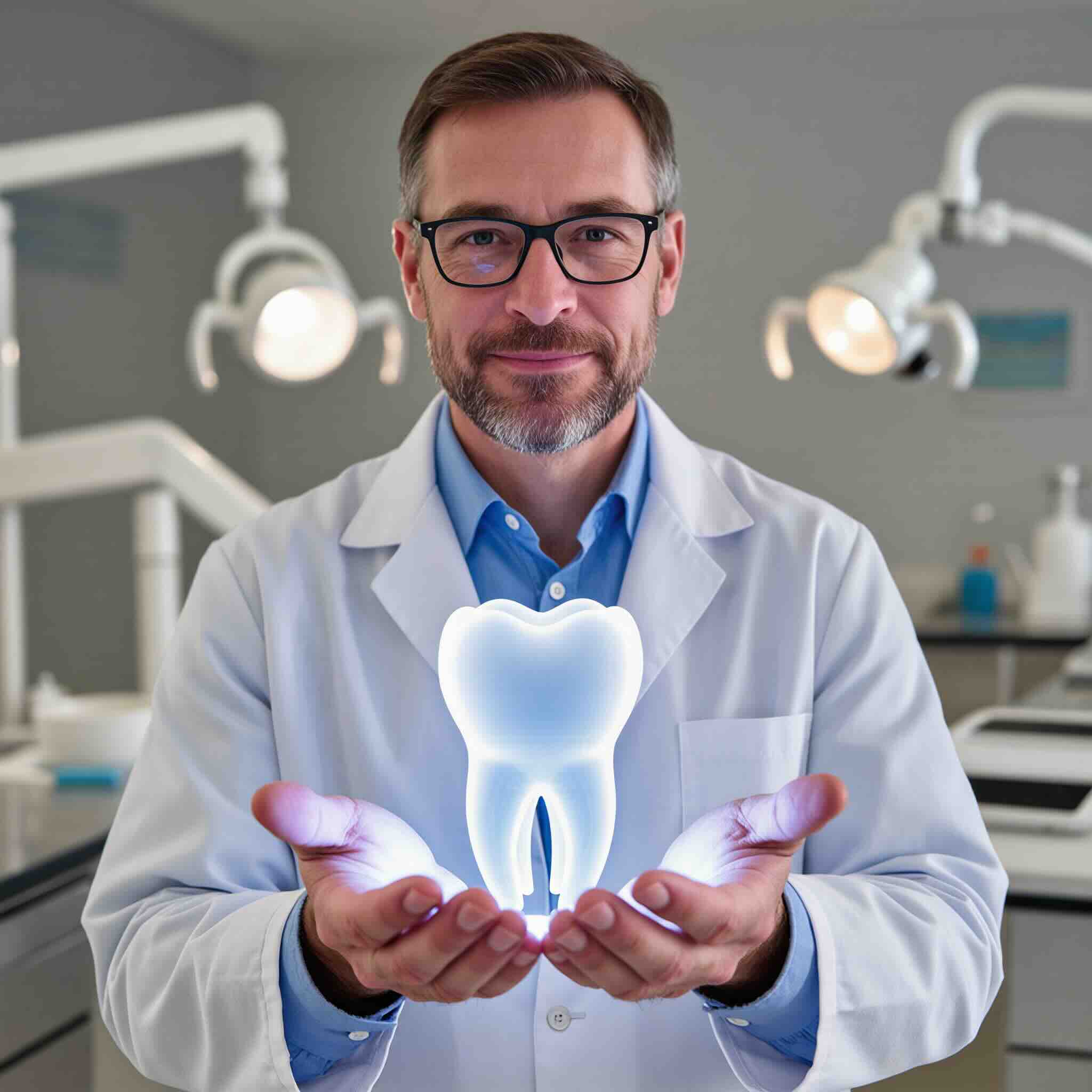When multiple teeth are missing, you have two main options: a traditional bridge or an implant-supported bridge.
At KYT Dental Services, we help you choose the solution that protects your smile for the long run.





⚠️ Requires grinding down healthy teeth for crowns
⚠️ Puts extra stress on supporting teeth
⚠️ Does not prevent bone loss under the missing tooth
⚠️ May need replacement after 7–10 years
Bottom Line: Regular bridges work, but they sacrifice healthy teeth and don’t protect against bone loss.

✨ No damage to nearby healthy teeth
✨ Implants stimulate bone to prevent shrinkage
✨ Provides strong, stable chewing function
✨ Lasts longer and feels more natural
Bottom Line: Implant bridges are stronger, healthier, and more durable — protecting your smile and bone structure for life.
Regular Bridge:
Implant Bridge:





